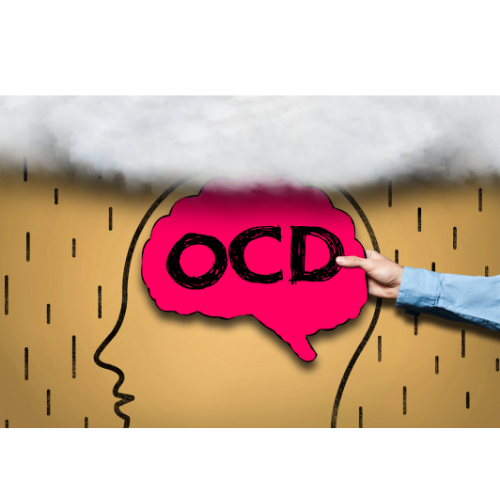OCD is more than small habits, glorified quirks, tics
Obsessive-compulsive disorder (OCD) is a mental illness that impacts about one out of 40 adults in the United States. People with OCD deal with obsessions and compulsions that can be uncontrollable and time consuming.
Obsessions can be unwanted thoughts such as constantly worrying about the well being of others, awareness of physical sensations such as breathing, blinking, hair moving or skin crawling, and suspicion of people without a reason to be suspicious.
Compulsions are doing tasks in a set routine or a certain number of times, such as counting one’s steps, checking locks, ovens, or closet multiple times, and or refusing to touch something out of fear or disgust.
It is unknown why people have OCD. Stress can contribute and worsen the symptoms. There are mixed results on whether women and men are affected equally or more than the other.
Everyone can have habits, have negative thoughts or worry, but for people with OCD their actions and thoughts affect the way they live.
Their obsessions and compulsions interfere with completing work, engaging in their social life and takes up about an hour or more of their day.
These “quirks” are not enjoyable and make the person feel out of control, powerless, exhausted and drained.
There are four categories of OCD types: symmetry and ordering, contamination, rumination and intrusive thoughts and checking. Although OCD comes in all forms, these four are the most common.
Symmetry and ordering are the impulse to line things up in a certain pattern; in a way that is supposed to be correct.
With contamination, people with OCD refuse to touch items they believe are contaminated or infested with germs and a compulsion to clean profusely.
Rumination and intrusive thoughts are obsessions with a certain thought, or the mind being plagued with negative and/or violent and disturbing thoughts.
These thoughts tend to pop up unannounced and frequently and are difficult to get rid of.
Checking, possibly the most common, is the compulsion to constantly check locks, switches (oven, lights), closets, etc.
Many cases of people with OCD stem from fear, trauma, anxiety, depression and tics, and/or hereditary.
While there is no cure, there are ways one can cope, manage and treat OCD.
Addressing one’s OCD, keeping a journal, mentally and physically refocusing, keeping stress at a minimum and some ways to manage.
Give your OCD a name and a shape, this helps address it head on. Writing down your compulsions and how it made you feel helps you understand why you committed to the compulsion and why you felt it was necessary to do.
Mentally refocusing such as counting, spelling out a name or saying the alphabet can help shift your attention.
Physically refocusing such as doing a quick exercise, humming or sing- ing, or snapping your fingers can help shift your attention also.
OCD can be treated using psychotherapy, yoga, medication, transcranial magnetic stimulation, and in extreme cases, neuromodulation.
According to Family Psychiatric and Therapy, people struggling should not feel guilty for battling with OCD. “You have a medical condition and are working with it. End of story, no guilt needed.”

